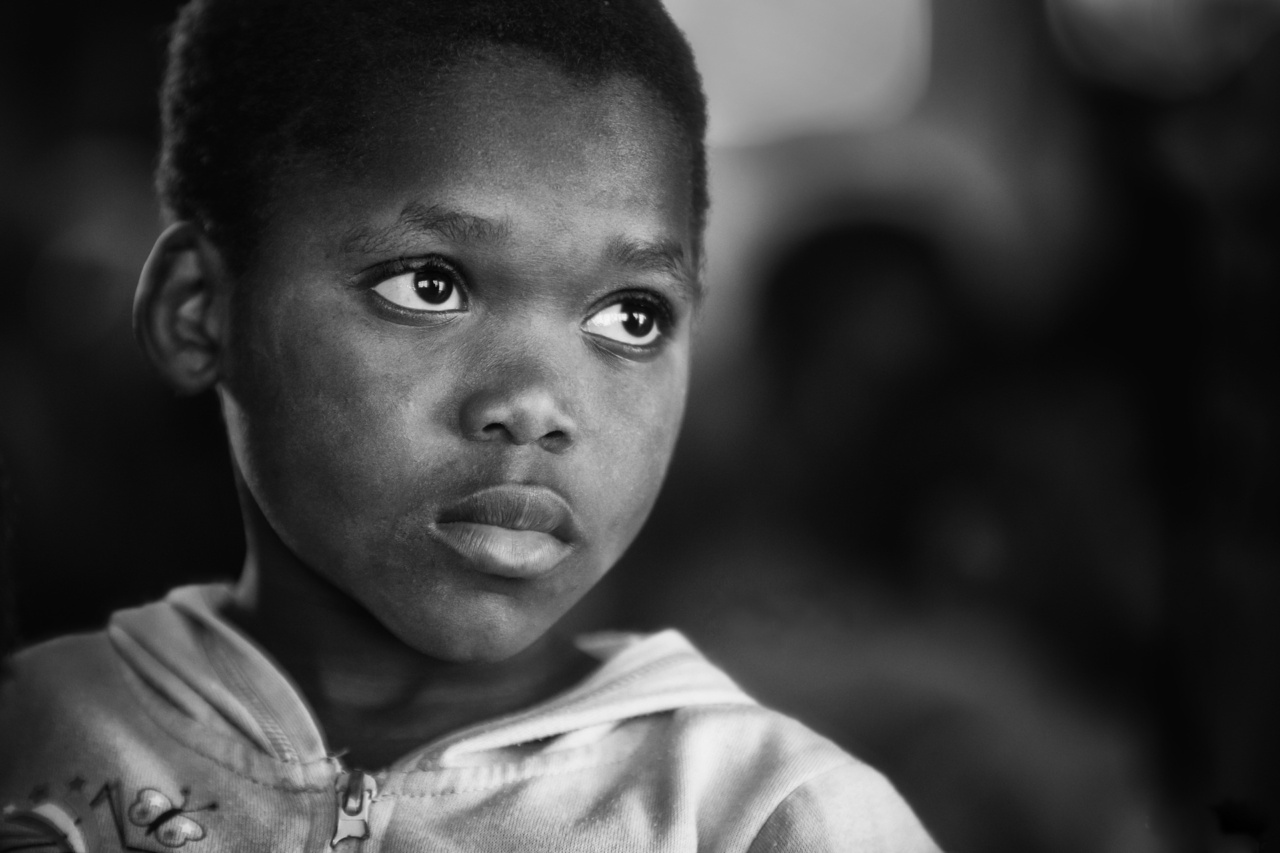Childhood obesity is a major health concern in many countries, and it is especially prevalent among children living in poverty.
Poverty is defined as a lack of money or material possessions, and it is a problem that affects millions of families around the world. Children who live in poverty are more likely to be obese than children who live in households with higher incomes.
There are several reasons why children living in poverty are at higher risk for obesity, and this article will explore some of those reasons.
Reasons for Higher Risk of Obesity Among Children in Poverty
Lack of Access to Healthy Foods
One of the main reasons why children living in poverty are at a higher risk for obesity is that they often lack access to healthy foods. In many low-income neighborhoods, there are few or no grocery stores that sell fresh fruits and vegetables.
As a result, families living in poverty often rely on convenience stores and fast food restaurants for their meals.
These types of foods tend to be high in calories, fat, and sugar, which can contribute to obesity.
Children who eat a diet that is high in unhealthy foods are more likely to be overweight or obese than children who eat a balanced diet that includes fruits, vegetables, lean proteins, and whole grains.
Higher Rates of Food Insecurity
Another factor that contributes to the higher risk of obesity among children in poverty is the higher rates of food insecurity. Food insecurity refers to a lack of access to enough food for an active, healthy life.
Families living in poverty often struggle to put food on the table, and they may have to choose between paying for rent, utilities, medical care, or food.
When families experience food insecurity, they may have to rely on food banks, soup kitchens, or other charitable organizations for their meals.
These organizations often provide foods that are high in calories, fat, and sugar, which can contribute to obesity.
Lack of Opportunities for Physical Activity
Children who live in poverty may also have limited opportunities for physical activity. Many low-income neighborhoods do not have safe parks, playgrounds, or recreational facilities.
Families may not be able to afford sports equipment, dance classes, or other activities that promote physical fitness.
Children who do not have access to opportunities for physical activity are more likely to spend their time watching TV, playing video games, or using their phones or tablets. Sedentary activities like these can contribute to weight gain and obesity.
Higher Levels of Stress
Children living in poverty may also experience higher levels of stress, which can increase their risk of obesity. Stress can lead to overeating, especially of high-calorie, sugary, or fatty foods.
Stress can also disrupt sleep patterns, which can disrupt the body’s metabolism and lead to weight gain.
Children living in poverty may experience stress due to financial insecurity, family conflicts, violence, or other challenges. Chronic stress can have serious long-term effects on a child’s health, including an increased risk of obesity.
Lack of Access to Healthcare
Children living in poverty may also have limited access to healthcare, which can increase their risk of obesity.
Children who do not have regular checkups and medical care may not receive the screening and treatment they need to maintain a healthy weight.
Children living in poverty may also have higher rates of chronic health conditions, such as asthma or diabetes, which can further increase their risk of obesity.
Social Stigma and Discrimination
Finally, children living in poverty may be subjected to social stigma and discrimination, which can contribute to obesity.
Children who are teased, bullied, or discriminated against may turn to food for comfort, which can lead to overeating and weight gain.
Children who experience social stigma and discrimination may also be less likely to participate in physical activities or sports, which can further contribute to weight gain and obesity.
Conclusion
Children living in poverty are at a higher risk for obesity due to a variety of factors, including lack of access to healthy foods, higher rates of food insecurity, lack of opportunities for physical activity, higher levels of stress, lack of access to healthcare, and social stigma and discrimination.
Addressing these factors requires a multifaceted approach that involves individuals, families, communities, and policymakers.
By working together, we can help ensure that all children have access to the resources they need to achieve and maintain a healthy weight.






























